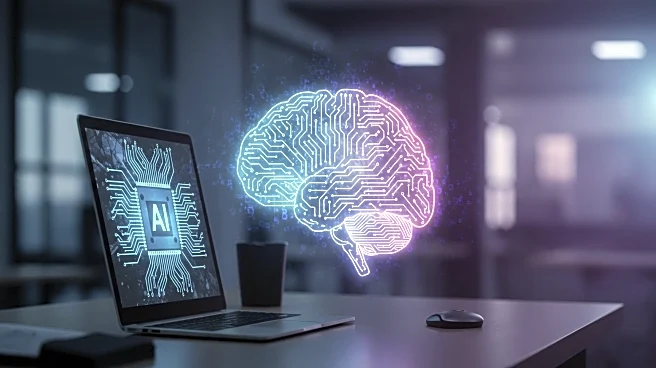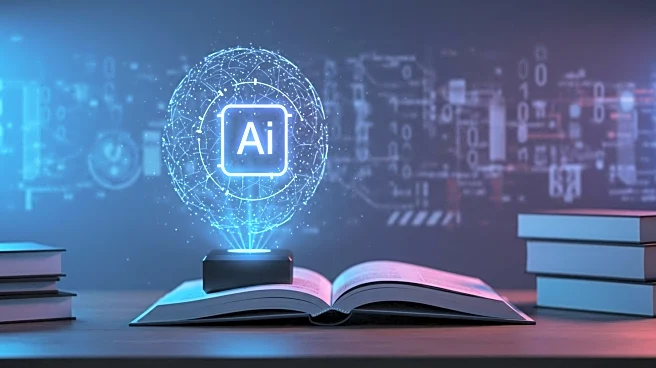What's Happening?
Grammarly has announced the launch of new AI 'agents' and a writing tool called Grammarly Docs, aimed at assisting students and professionals in drafting essays and workplace emails. These AI agents go beyond traditional grammar checking by offering feedback, predicting reactions, and finding sources to increase workflow efficiency. The update introduces nine agents that provide features such as citation generation, proofreading, and plagiarism checks. This move positions Grammarly as a study companion and writing coach, emphasizing skill-building and responsible AI use. The new features are available for free and premium subscribers, with additional access for enterprise and education customers later this year.
Why It's Important?
The expansion of Grammarly's AI capabilities signifies a shift in how educational and professional writing tools are evolving. By integrating AI agents that offer contextual assistance, Grammarly is addressing the growing demand for AI literacy in professional settings. This development could bridge the gap between students' current skills and employers' expectations, potentially enhancing job readiness. Additionally, the move reflects a broader trend of AI integration in productivity tools, which could lead to increased efficiency and reduced anxiety in writing tasks. However, it also raises concerns about over-reliance on AI feedback, which could impact students' independent writing skills.
What's Next?
Grammarly's new features are expected to roll out to more users, with enterprise and education customers gaining access later this year. The company plans to expand agent functionality across various apps and sites, potentially increasing its user base. As AI literacy becomes more critical in the job market, educational institutions may incorporate Grammarly's tools into their curricula to prepare students for future employment. The ongoing development of AI writing tools could also prompt discussions about the ethical implications of AI in education and the balance between human and machine input in learning environments.











